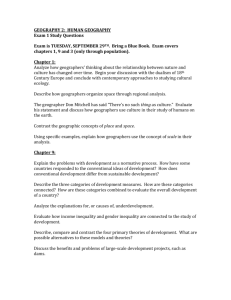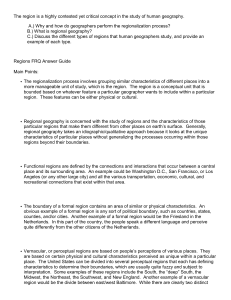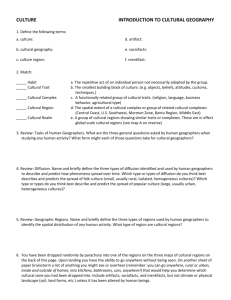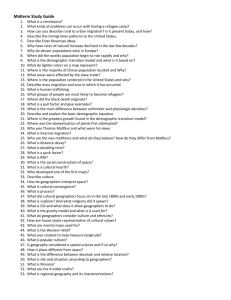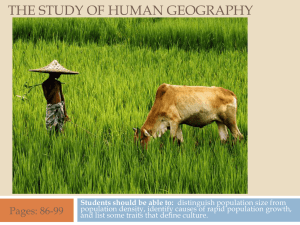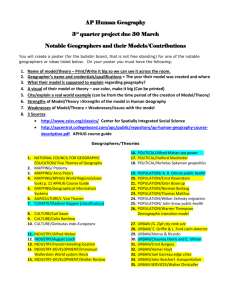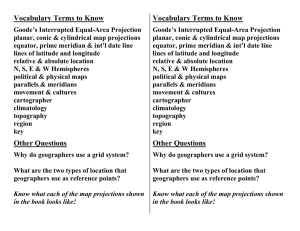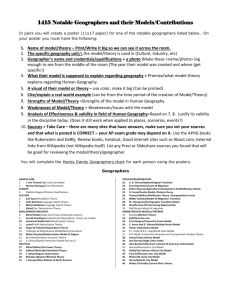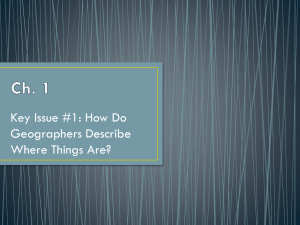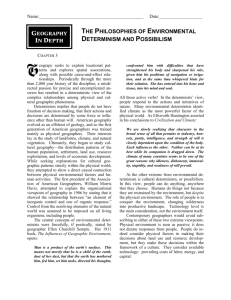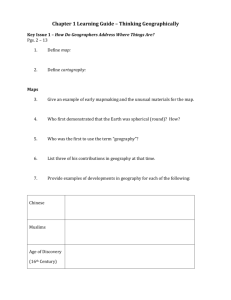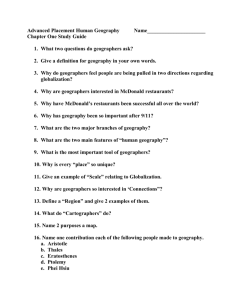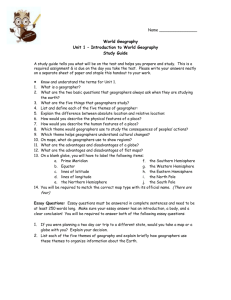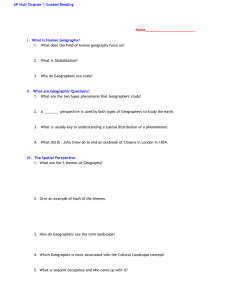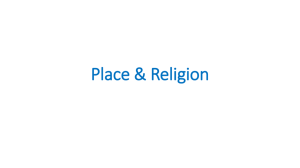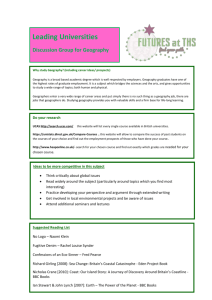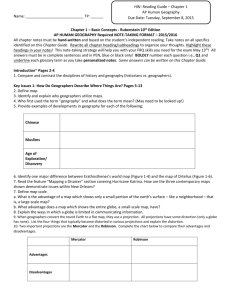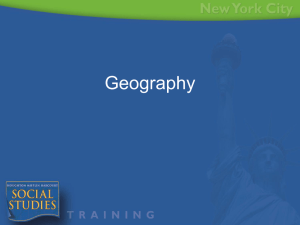1_1Answers
advertisement
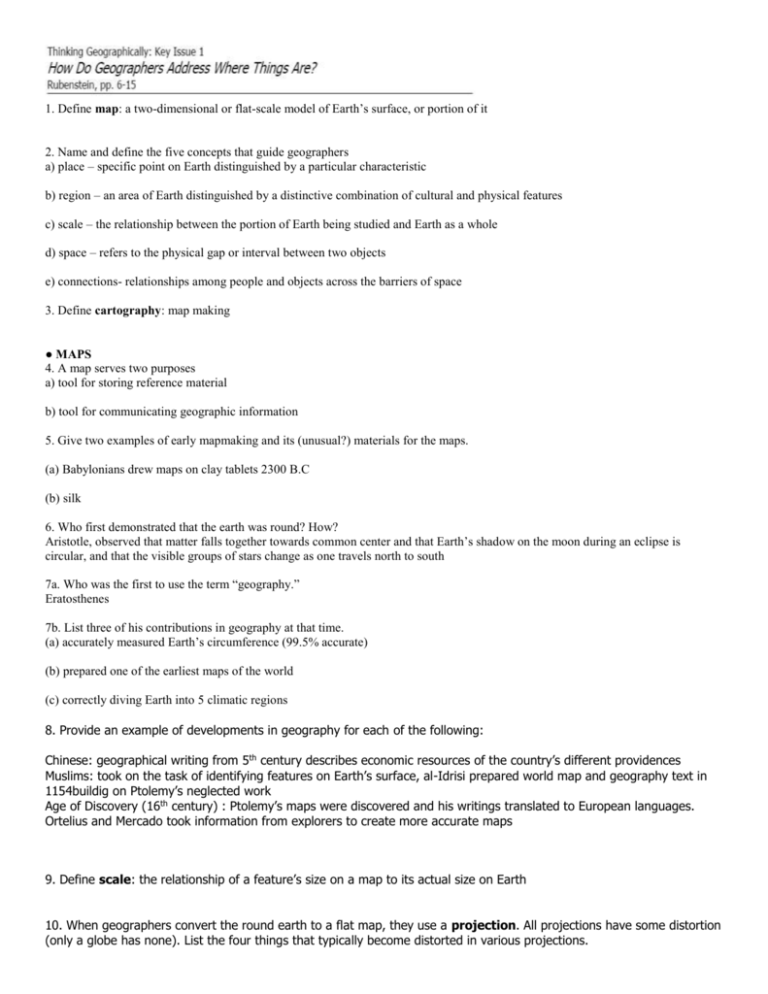
1. Define map: a two-dimensional or flat-scale model of Earth’s surface, or portion of it 2. Name and define the five concepts that guide geographers a) place – specific point on Earth distinguished by a particular characteristic b) region – an area of Earth distinguished by a distinctive combination of cultural and physical features c) scale – the relationship between the portion of Earth being studied and Earth as a whole d) space – refers to the physical gap or interval between two objects e) connections- relationships among people and objects across the barriers of space 3. Define cartography: map making ● MAPS 4. A map serves two purposes a) tool for storing reference material b) tool for communicating geographic information 5. Give two examples of early mapmaking and its (unusual?) materials for the maps. (a) Babylonians drew maps on clay tablets 2300 B.C (b) silk 6. Who first demonstrated that the earth was round? How? Aristotle, observed that matter falls together towards common center and that Earth’s shadow on the moon during an eclipse is circular, and that the visible groups of stars change as one travels north to south 7a. Who was the first to use the term “geography.” Eratosthenes 7b. List three of his contributions in geography at that time. (a) accurately measured Earth’s circumference (99.5% accurate) (b) prepared one of the earliest maps of the world (c) correctly diving Earth into 5 climatic regions 8. Provide an example of developments in geography for each of the following: Chinese: geographical writing from 5th century describes economic resources of the country’s different providences Muslims: took on the task of identifying features on Earth’s surface, al-Idrisi prepared world map and geography text in 1154buildig on Ptolemy’s neglected work Age of Discovery (16th century) : Ptolemy’s maps were discovered and his writings translated to European languages. Ortelius and Mercado took information from explorers to create more accurate maps 9. Define scale: the relationship of a feature’s size on a map to its actual size on Earth 10. When geographers convert the round earth to a flat map, they use a projection. All projections have some distortion (only a globe has none). List the four things that typically become distorted in various projections. a. shape c. relative size b. distance d. direction 11. Two important projections are the Mercator and the Robinson. Complete the table below to compare their advantages and disadvantages. Mercator Advantage: Direction and shape are accurate Disadvantage: Size is distorted increasingly to the north or south of Equator. Robinson Advantage: useful for displaying information across the oceans Disadvantage: land areas are much smaller than on the interrupted maps of the same size when allocating space to the oceans 12. With regard to the Land Ordinance of 1785, which became the official survey system for the United States, define the following: a) township – a square of 6 miles on each size b) sections – a township is divided into 36 sections, each 1 mile by 1 miles ● CONTEMPORARY TOOLS 13. Geographers use a GIS (Geographic Information System) to store “layers” of data. Give three examples of types of data stored in a single layer. Boundaries of countries, bodies of water, roads, and names of places 14a. Define remote sensing: the adquisition of data about Earth’s surface from a satellite orbiting Earth or from other long-distance method 14b. Remotely sensed images consist of pixels. What is the smallest area on the surface of the earth that can be scanned as a single pixel? Resolution 14c. List several things that geographers can map using remotely sensed data. Environmental- mapping vegetation and other surface cover Gathering date for large unpopulated areas such as the extent of winter ice cover on the oceans, and monitoring changes such as weather patterns and deforestation

